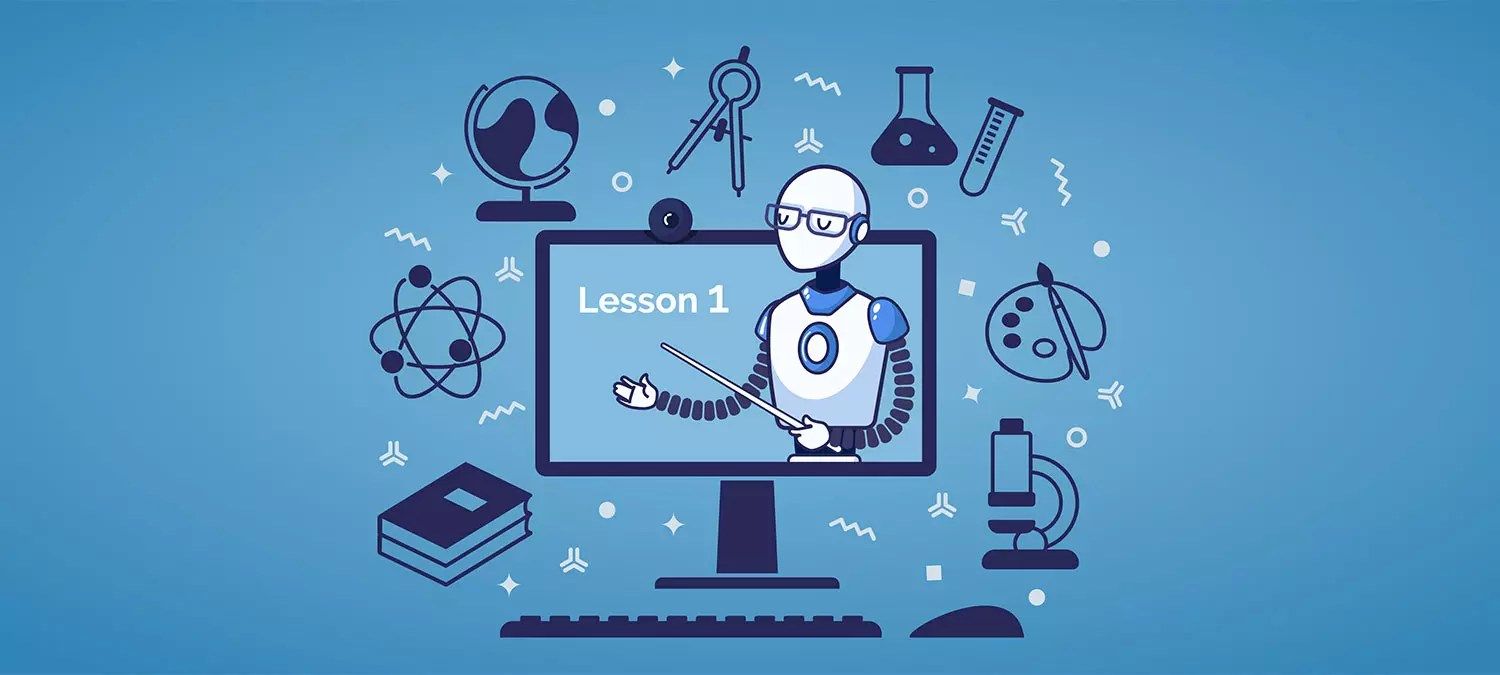In this week’s technology class we discussed Artificial Intelligence. AI can cause a lot of anxiety for people as there is a huge fear of the unknown, something we know humans struggle with is change. AI is changing the way we do research, how we interact with technology, and forming different sorts of jobs that may one day completely take over jobs that can be done by a machine or AI technology. This is something that we as future educators have to keep in mind. How can we use AI responsibly, and when is it a tool and when can it become dangerous in terms of feeding wrong information or removing students from “real life”.

Something to note, as said in “Applications of AI in Education” is that although AI can provide effective help for learners, it does not provide the same personalized experience a teacher can give to students. Aside from the human social connections and personalization that teachers can provide, AI does prove to be highly effective in teaching students information and motivating them. Being able to afford this technology and make it accessible to all students and districts is what makes AI somewhat difficult. It is important, however, that student’s understand the world of AI, as it will be something our future students will be growing up and into. It is also important for students to step away from just AI learning, as although there will be jobs in the AI business, there will also be less jobs due to the fact that AI can take over “simple” jobs. This means that it is more important than ever for students to learn creative thinking, collaboration, social skills, communication, and problem solving in order to succeed in the world where technological advancements are taking over ‘ordinary’ jobs. Overall, AI is going to significantly have an impact on the future of students, and it will be mostly positive, with examples of some of these new technologies outlined in this article.
